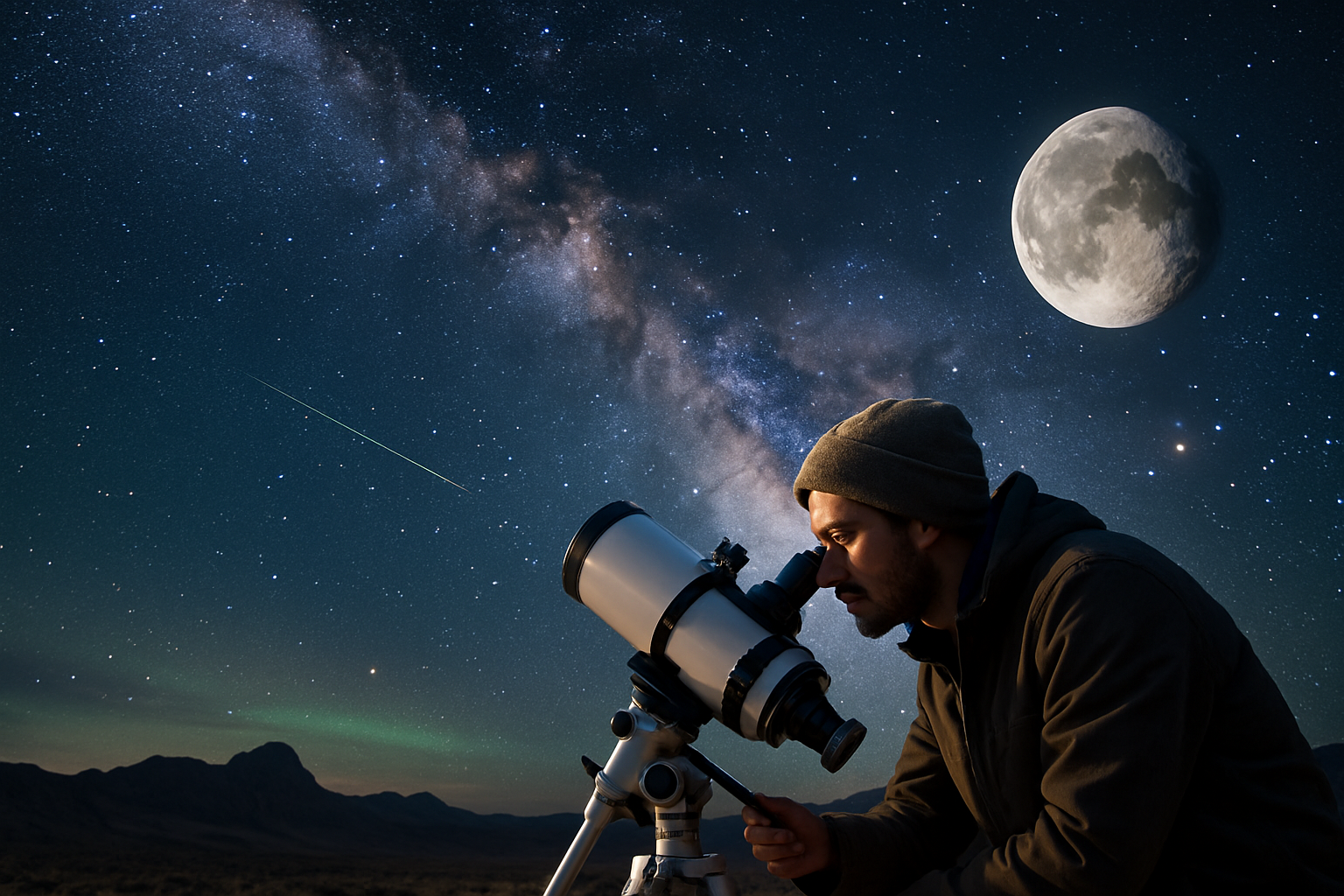Unlocking the Secrets of Astrotourism: A Celestial Journey
Gazing up at a star-studded sky, far from the glare of city lights, is an experience that transcends mere sightseeing. Astrotourism, the practice of traveling to destinations renowned for their dark skies and celestial viewing opportunities, is rapidly gaining traction among adventure seekers and stargazers alike. This emerging trend combines the thrill of exploration with the awe-inspiring beauty of the cosmos, offering a unique perspective on our place in the universe.

The Science Behind the Stars
Astrotourism isn’t just about pretty lights in the sky; it’s a gateway to understanding our universe. Many dark sky destinations offer educational programs led by astronomers, providing visitors with insights into celestial mechanics, the life cycles of stars, and the latest discoveries in astrophysics. These programs often include guided stargazing sessions, telescope viewings, and astrophotography workshops, making complex astronomical concepts accessible to all.
Cultural Connections to the Cosmos
Throughout history, cultures around the world have looked to the stars for navigation, timekeeping, and spiritual guidance. Astrotourism often intersects with cultural tourism, offering opportunities to learn about ancient celestial practices and mythologies. From the Incan astronomical sites in Peru to the Aboriginal Dreamtime stories of Australia, these experiences provide a deeper appreciation for humanity’s enduring connection to the night sky.
The Economic Impact of Astrotourism
The growing popularity of astrotourism is having a significant economic impact on rural and remote communities. Areas with naturally dark skies, often in less developed regions, are seeing an influx of visitors during traditionally off-peak seasons. This has led to the development of specialized accommodations, such as astronomy-themed hotels and glass-roofed igloos, as well as the creation of new jobs in astronomy education and tourism services.
Challenges and Conservation Efforts
While astrotourism presents exciting opportunities, it also faces challenges. The very popularity of dark sky destinations can threaten their existence if not managed carefully. Light pollution from nearby developments and increased tourism infrastructure can erode the quality of the night sky. Conservation efforts are crucial, with many destinations implementing strict lighting policies and visitor management strategies to protect their celestial assets for future generations.
Stargazing Essentials for the Astro-Adventurer
• Pack red-light flashlights to preserve night vision
• Bring warm layers, even in summer – temperatures drop significantly at night
• Download star chart apps for easy constellation identification
• Consider investing in a portable telescope or high-quality binoculars
• Book guided tours in advance, especially during celestial events like meteor showers
As we continue to explore the wonders of our planet, astrotourism reminds us to look up and marvel at the vast expanse above. It offers a unique blend of science, culture, and natural beauty, inviting travelers to embark on a journey that extends far beyond Earth’s boundaries. Whether you’re a seasoned astronomer or simply curious about the cosmos, the world of astrotourism promises unforgettable experiences and a renewed sense of wonder at the universe we call home.





